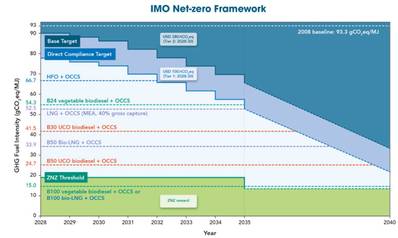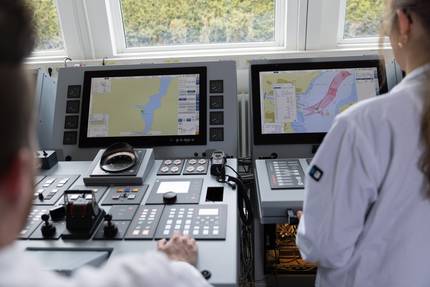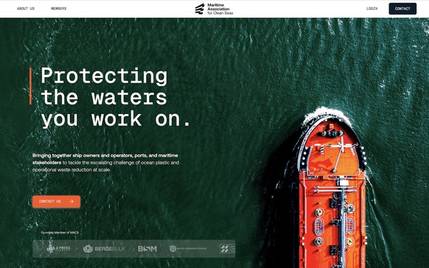Onboard Carbon Capture Lifecycle Assessment Highlights Savings
A life cycle assessment (LCA) conducted by the Global Centre for Maritime Decarbonisation (GCMD) has quantified onboard carbon capture’s potential to provide GHG emissions savings.
The study provides an in-depth analysis of GHG emissions and costs associated with onboard carbon capture systems (OCCS) across the entire carbon value chain, accounting for emissions from fuel production, transport and use, to CO2 capture onboard the vessel and its final disposition.
The deployment of conventional MEA-based OCCS can result in a WtW GHG emissions savings of 29% for an HFO-fuelled ship.
Replacing HFO with biofuels presents a promising strategy for maximising GHG emissions savings. The WtW emissions savings for a vessel deploying MEA-based OCCS range from 69% to 121% when using bio-LNG and biodiesel from used cooking oil, respectively.
Among the post-capture scenarios evaluated, fixing the captured CO2 in concrete is most effective. This approach can increase GHG emissions savings from 29% to 60% across the carbon value chain by partially displacing the need for carbon-intensive cement in applications ashore.
Post-capture transport and permanent storage of CO2 add minimal emissions, approximately 1% to the WtW emissions of a vessel deploying MEA-based OCCS when the captured CO2 is transported 1,000 km.
Captured CO2 can also be used to produce e-methanol with renewable electricity, allowing the vessel that consumes this e-methanol to claim a 17% GHG emissions savings.
The cost of avoided carbon for OCCS with permanent storage is between USD 269-405/tCO2 for a 40% gross capture on an MR tanker, considering a full-scale, Nth-of-a-kind installation of an OCCS system with full heat recovery.
The 83rd session of the MEPC held in April 2025 approved draft regulations on the mid-term measures in line with IMO Strategy on Reduction of GHG Emissions from Ships. For ships of 5,000 GT and above engaged in international voyages, the GHG fuel intensity (GFI) of the fuel used, i.e. the GHG emissions per unit of energy from the fuel used, will be regulated. Progressively stringent compliance targets for GFI were set for 2028-2035 period.
While the GFI framework does not explicitly specify how emissions reduction from OCCS is taken into consideration, the study offers a structured basis for assessing the solution’s potential in helping shipowners and operators manage their emissions portfolio. By calculating the abatement from OCCS based on the amount of CO₂ it removes per unit of energy (in gCO₂eq/MJ) on a WtW approach, an “equivalent” GFI can be derived. Extending this concept, the study shows an HFO-fuelled ship adopting MEA-based OCCS at 40% gross capture can, on a WtW basis, maintain an equivalent GFI below the direct compliance target until 2032. Similarly, LNG-fuelled ships equipped with the same OCCS can maintain an equivalent GFI below the direct compliance target until 2035. Further, when fossil fuels are completely replaced by their bio-counterparts, OCCS can lower the GFI enough for the ship to be compliant with the more stringent 2040 targets.

















